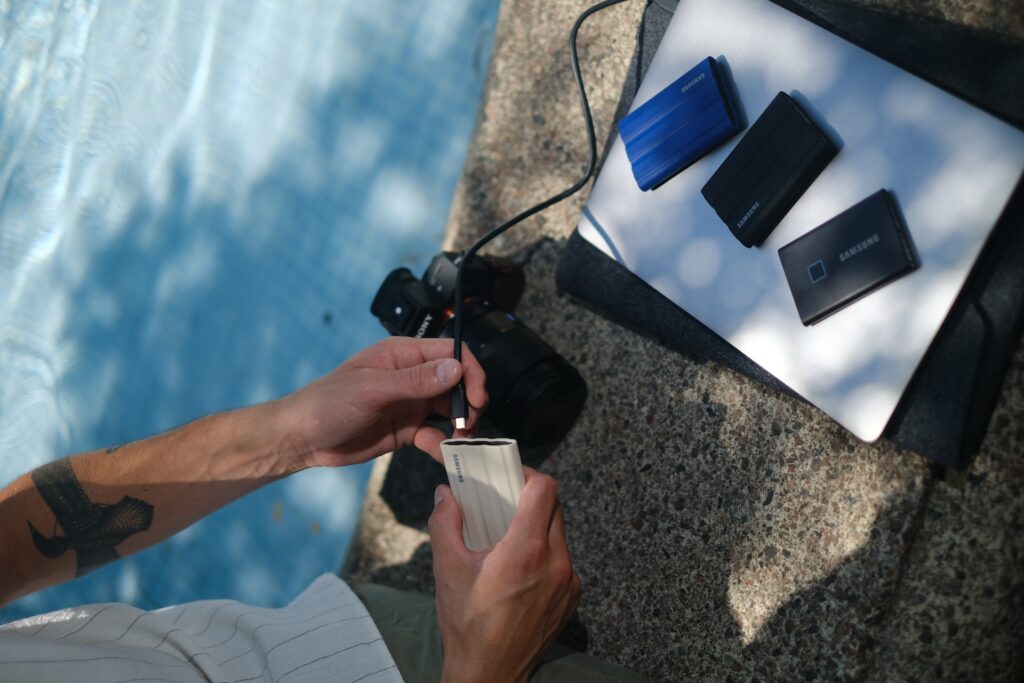Introduction: In the realm of electrical devices, switches play a fundamental role in controlling the flow of electricity to various appliances and fixtures. Among the various types of switches, the 2 way switch stands as a prominent member, commonly used in both residential and commercial settings. In this article, we will explore the workings of a 2 way switch, its installation process, types, advantages, and applications.
What is a 2-way switch?
A 2-way switch, also known as a single-pole double-throw (SPDT) switch, is a crucial component of an electrical circuit that allows the user to control the flow of electricity between two points. It enables the user to turn a light or an electrical device ON or OFF from two separate locations.
How does a 2-way switch work?
To comprehend the functioning of a 2-way switch, it is essential to understand its components. A typical 2-way switch consists of three terminal screws: one common terminal and two traveler terminals. When the switch is in the ON position, the common terminal connects to one of the traveler terminals, allowing the flow of electricity and turning ON the connected device.
Understanding the components of a 2-way switch
- Terminal screws: These are the points where the electrical wires are connected to the switch.
- Common terminal: It is the central terminal that connects to one of the traveler terminals depending on the switch’s position.
- Traveler terminals: There are two traveler terminals on a -way switch, allowing the connection of two separate switches to control the same light or device.
Differentiating between a 2-way switch and a 3-way switc
It is essential to distinguish between a switch and a 3-way switch as they serve different purposes. While a -way switch enables control from two locations, a 3-way switc facilitates control from three or more locations.
Types of 2-way switches
Several types of 2-way switches are available in the market, each with its design and functionality. Some common types include:
- Traditional toggle switches: These are the classic switches with a lever that moves up and down to control the circuit.
- Rocker switches: Rocker switches have a smooth surface and can be easily operated with a simple press.
- Push-button switches: These switches require a push to establish or break the circuit.
Installation of a 2-way switch
Before attempting to install a 2-way switch, it is crucial to gather the necessary tools and materials. This includes a voltage tester, wire stripper, screwdriver, and the new switch itself. Once equipped, follow these steps:
- Turn off the power supply to the circuit.
- Remove the existing switch cover and disconnect the wires.
- Connect the wires to the new 2-way switch as per the manufacturer’s instructions.
- Attach the switch to the wall box and secure it in place.
- Replace the switch cover and restore power to the circuit.
Troubleshooting common issues with 2-way switches
While 2-way switches are generally reliable, they may encounter some issues over time. Some common problems include:
- Switch not working: This could be due to loose connections or a faulty switch.
- Lights flickering: Flickering lights might indicate a loose wire or a defective switch.
- Switch making buzzing noises: This could be a sign of a loose screw or worn-out components.
Safety tips for working with electrical switches
Working with electricity requires caution to prevent accidents or injuries. Follow these safety tips:
- Turning off the power: Always turn off the power supply before working on any electrical switch.
- Using appropriate safety gear: Wear safety gloves and goggles to protect yourself from potential hazards.
- Seeking professional help when needed: If you’re unsure about the installation process or encounter complex issues, consult a qualified electrician.
Advantages and disadvantages of 2-way switches
Like any electrical device, 2-way switches have their pros and cons:
Advantages:
- Convenient control from two different locations.
- Straightforward installation process.
- Cost-effective compared to complex switch systems.
Disadvantages:
- Limited control points compared to 3-way switches.
- Not suitable for scenarios requiring control from multiple locations.
Applications of 2-way switches
2-way switches find extensive applications in various settings, including:
- Residential use: They are commonly used for controlling lights in staircases and hallways.
- Commercial use: 2-way switches are widely used in offices and commercial buildings for efficient lighting control.
The future of 2-way switches: Smart switches
With the rise of home automation, traditional 2-way switches are witnessing a transformation into smart switches. These advanced switches can be controlled remotely through smartphones or voice assistants, offering enhanced convenience and energy efficiency.
Conclusion
In conclusion, the 2-way swtch is a fundamental electrical device that enables users to control the flow of electricity from two different locations. Its simple yet effective design has made it a popular choice for various residential and commercial applications. When installing or troubleshooting a 2-wy swtch, always prioritize safety and seek professional assistance if needed.
FAQs
- How many terminals does a 2-wy switch have? A 2-way swtch typically has three terminals: one common terminal and two traveler terminals.
- Can I use a 2-wy switch in a 3-way configuration? No, a 2-way swtch is not suitable for a 3-way configuration. You will need a 3-way switch for that purpose.
- What are the common issues faced with 2-wy switches? Common issues with 2-way swtches include a switch not working, lights flickering, and the switch making buzzing noises.
- How long does it take to install a 2-wy switch? The installation of a 2-way switch usually takes about 15-30 minutes, depending on the level of expertise.
- Can I replace a traditional 2 wy switch with a smart switch? Yes, you can replace a traditional 2-way swtch with a smart switch to enjoy added features and remote control capabilities.
